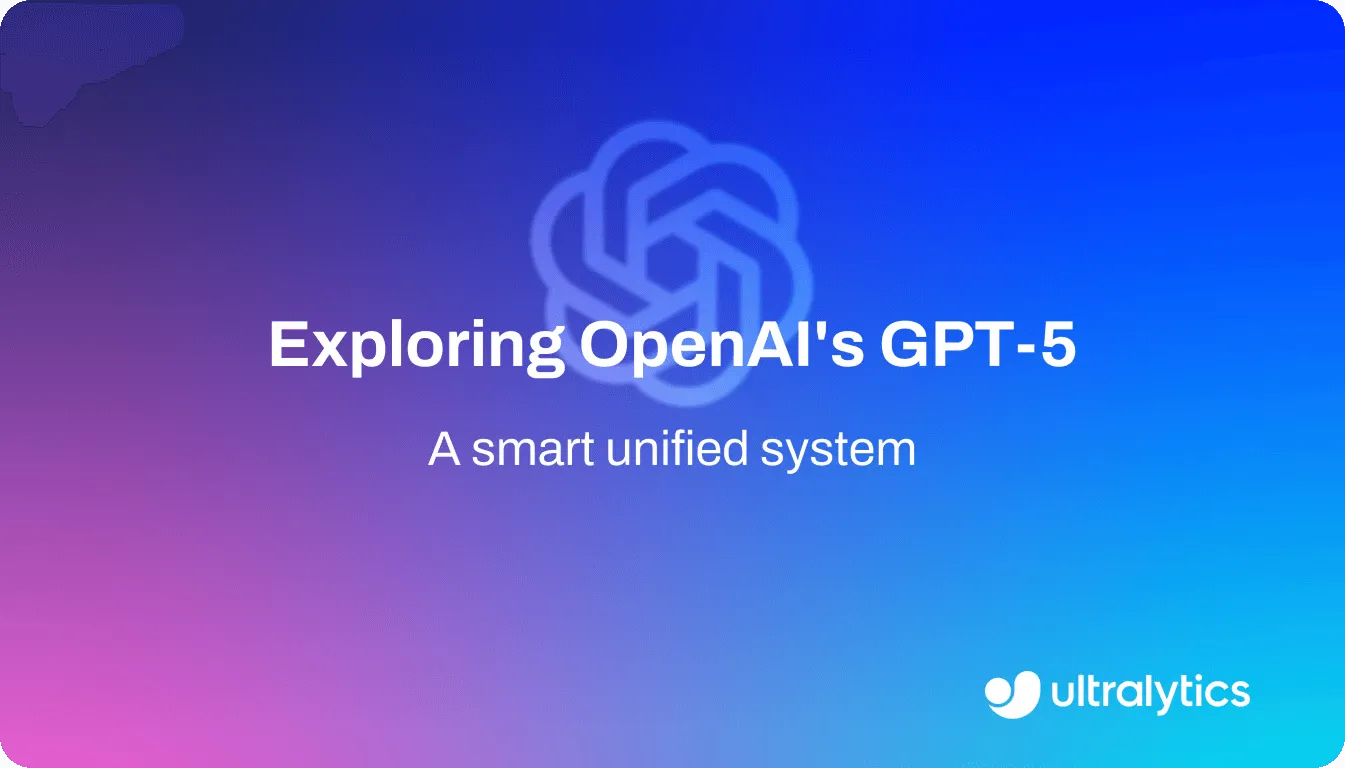Tradeoff bias-varianza
Padroneggiare il tradeoff bias-varianza nell'apprendimento automatico. Imparate le tecniche per bilanciare accuratezza e generalizzazione per ottenere prestazioni ottimali del modello!
Il tradeoff bias-varianza è un concetto fondamentale dell'apprendimento supervisionato che descrive la sfida di creare un modello che abbia buone prestazioni sia su dati visti(dati di addestramento) sia su dati non visti(dati di test). Si tratta di trovare un equilibrio ottimale tra due tipi di errori: il bias e la varianza. La capacità di un modello di generalizzarsi a nuovi dati dipende in modo critico dalla capacità di trovare questo equilibrio. In sostanza, la riduzione di un tipo di errore spesso porta a un aumento dell'altro e l'obiettivo dell'addestramento del modello è trovare un punto di equilibrio che minimizzi l'errore totale. Questo concetto è fondamentale per evitare sia l'underfitting che l'overfitting, garantendo l'efficacia del modello per le applicazioni reali.
Comprendere la polarizzazione e la varianza
Per comprendere il compromesso, è essenziale capire le sue due componenti:
- Bias: è l'errore introdotto dall'approssimazione di un problema del mondo reale, che può essere complesso, con un modello troppo semplice. Un modello ad alto bias fa forti ipotesi sui dati (ad esempio, ipotizzando una relazione lineare quando invece non è lineare). Questo porta a un underfitting, in cui il modello non riesce a catturare i modelli sottostanti nei dati, con conseguenti scarse prestazioni sia sui set di addestramento che su quelli di validazione. Un esempio è l'utilizzo di un semplice modello di regressione lineare per un set di dati complesso e non lineare.
- Varianza: È l'errore introdotto dall'uso di un modello troppo complesso e sensibile ai dati specifici su cui è stato addestrato. Un modello ad alta varianza apprende non solo i modelli sottostanti, ma anche il rumore e le fluttuazioni casuali dei dati di addestramento. Questo porta a un overfitting, in cui il modello si comporta in modo eccezionale sul set di addestramento ma non riesce a generalizzare a nuovi dati non visti. Un albero decisionale profondo è un classico esempio di modello ad alta varianza.
L'obiettivo finale dell'apprendimento automatico (ML) è sviluppare un modello con un basso bias e una bassa varianza. Tuttavia, questi due errori sono spesso in opposizione. Una parte fondamentale di MLOps è il monitoraggio continuo dei modelli per garantire che mantengano questo equilibrio.
Il compromesso nella pratica
La gestione del tradeoff bias-varianza è un compito fondamentale nello sviluppo di modelli efficaci di visione artificiale e di altri modelli di ML.
- Modelli semplici (ad esempio, regressione lineare, alberi decisionali poco profondi): Questi modelli hanno un bias elevato e una bassa varianza. Sono coerenti, ma potrebbero essere imprecisi a causa dei loro presupposti semplicistici.
- Modelli complessi (ad esempio, reti neurali profonde, modelli Ensemble ): Hanno un basso bias e un'alta varianza. Possono catturare modelli complessi, ma sono ad alto rischio di overfitting dei dati di addestramento.
Tecniche come la regolarizzazione, che penalizza la complessità del modello, e il dropout sono utilizzate per ridurre la varianza in modelli complessi. Allo stesso modo, metodi come la k-fold cross-validation aiutano a stimare le prestazioni di un modello su dati non visti, fornendo indicazioni sulla sua posizione nello spettro bias-varianza. La regolazione degli iperparametri è fondamentale per trovare la giusta complessità del modello che bilanci bias e varianza per un determinato problema.
Esempi del mondo reale
Classificazione delle immagini: Si consideri l'addestramento di un modello per la classificazione delle immagini sul complesso set di dati ImageNet. Una semplice rete neurale convoluzionale (CNN) con pochissimi strati avrebbe un bias elevato e un underfit; non sarebbe in grado di apprendere le caratteristiche necessarie per distinguere tra migliaia di classi. Al contrario, una CNN eccessivamente profonda e complessa potrebbe raggiungere un'accuratezza quasi perfetta sul set di addestramento memorizzando le immagini (alta varianza), ma con prestazioni scarse sulle nuove immagini. Le architetture moderne, come Ultralytics YOLO11, sono progettate con sofisticati backbone e tecniche di regolarizzazione per trovare un equilibrio efficace, consentendo prestazioni elevate in compiti come il rilevamento di oggetti e la segmentazione di istanze.
Veicoli autonomi: Nello sviluppo di veicoli autonomi, i modelli di percezione devono rilevare con precisione pedoni, veicoli e segnali stradali. Un modello ad alta polarizzazione potrebbe non riuscire a rilevare un pedone in condizioni di luce insolite, con gravi rischi per la sicurezza. Un modello ad alta varianza potrebbe essere addestrato perfettamente su un set di dati provenienti dalla soleggiata California, ma non riuscire a generalizzare alle condizioni di neve in un'altra regione, poiché ha appreso in modo eccessivo le specificità dei dati di addestramento. Gli ingegneri utilizzano insiemi di dati massicci e diversificati e tecniche come l'aumento dei dati per addestrare modelli robusti che raggiungano un buon equilibrio tra bias e varianza, garantendo prestazioni affidabili in ambienti diversi. Questo è un aspetto fondamentale per costruire sistemi di intelligenza artificiale sicuri.
Differenziare i concetti correlati
È fondamentale distinguere il Bias-Variance Tradeoff da altri termini correlati, in particolare l 'AI Bias.
- Bias-Variance Tradeoff: è una proprietà statistica di un modello legata alla sua complessità e all'errore di previsione che ne deriva. Il termine "bias" si riferisce alle ipotesi semplificative che causano errori sistematici. È un concetto fondamentale della teoria dell'apprendimento statistico ed è inerente alla costruzione dei modelli.
- IA Bias o Dataset Bias: si riferisce a pregiudizi sistematici nell'output di un modello che si traducono in risultati ingiusti o discriminatori. Questo tipo di bias spesso deriva da dati di addestramento distorti o non rappresentativi o da una progettazione algoritmica errata. Sebbene un modello ad alto bias (underfit) possa mostrare un comportamento scorretto, il concetto di equità nell'IA riguarda principalmente l'impatto etico e sociale piuttosto che il semplice errore di previsione. Affrontare le distorsioni dell'IA comporta strategie come la cura di insiemi di dati diversificati e l'implementazione di metriche di equità, una sfida diversa rispetto alla gestione del compromesso statistico tra semplicità e complessità del modello. Gli sforzi per garantire l'etica e la trasparenza dell'IA sono fondamentali per mitigare questa forma di pregiudizio.






.webp)

